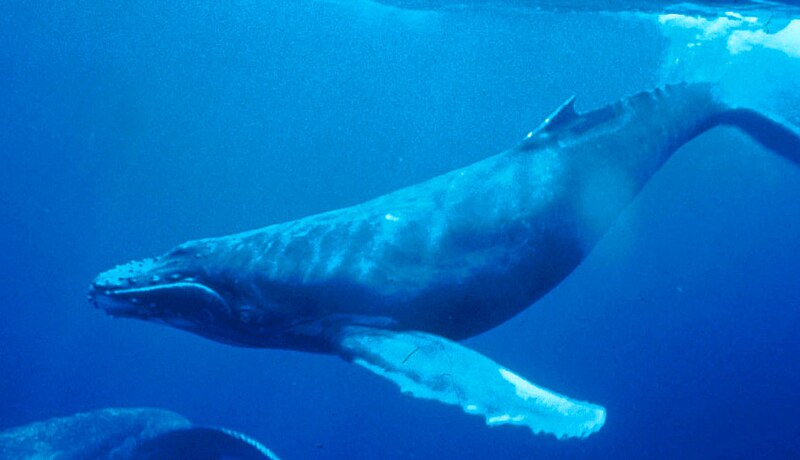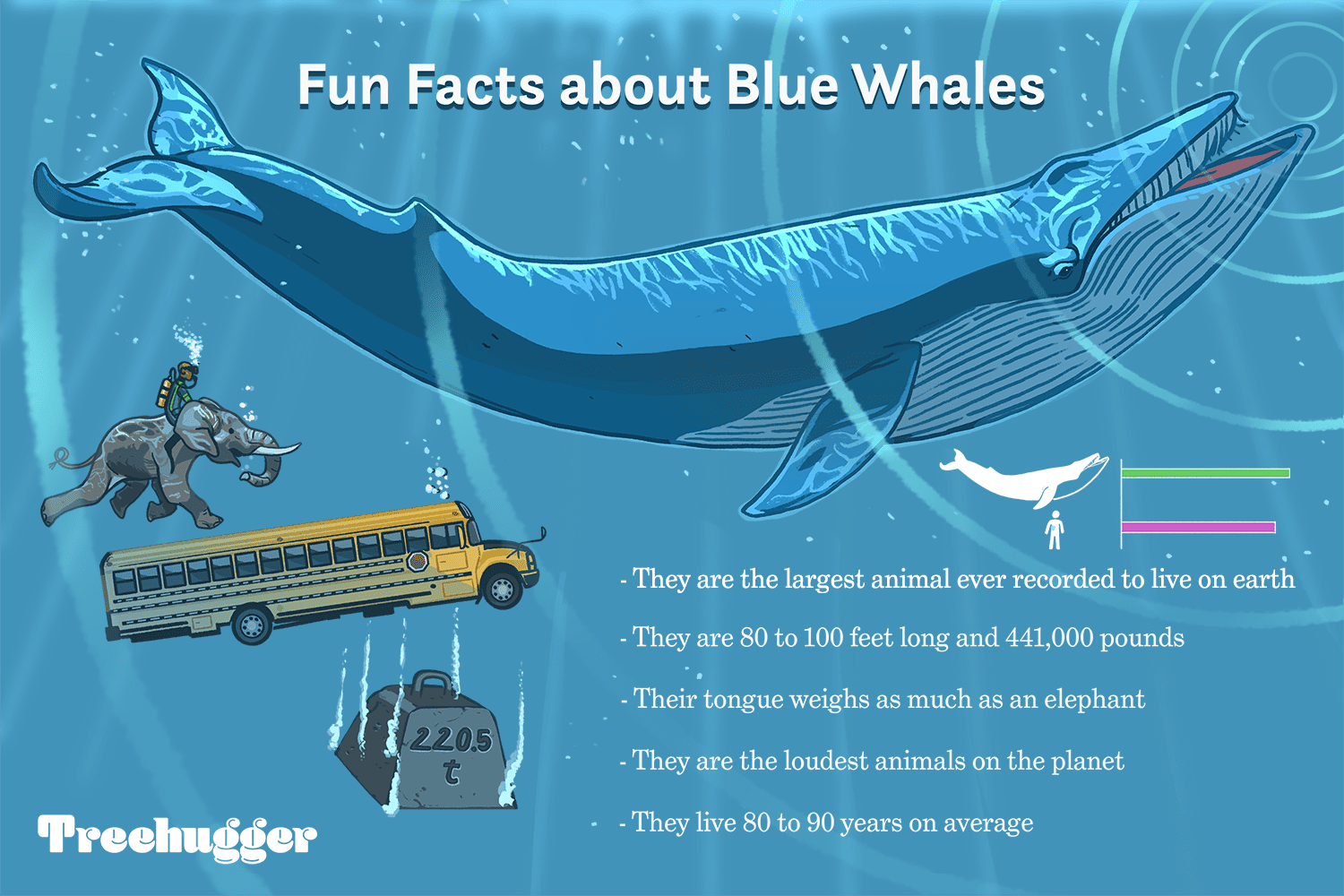Humpback vs. Blue Whale: A Comparison of Magnificent Marine Giants
The world's oceans are home to a diverse array of fascinating and awe-inspiring creatures. Two of the most magnificent marine giants are the humpback whale and the blue whale. In this article, we will delve into the characteristics, behaviors, and distinctions between these remarkable species. Join us as we explore the humpback vs. blue whale, and gain a deeper understanding of these majestic creatures.
1. Introducing the Humpback Whale:

Humpback Whale
The humpback whale, scientifically known as Megaptera novaeangliae, is a species renowned for its acrobatic displays, melodic songs, and distinctive appearance.
These whales are found in oceans around the world, with populations in both hemispheres. Understanding the unique traits of humpback whales sets the stage for an intriguing comparison with the blue whale.
2. Meet the Blue Whale:

Blue Whale
The blue whale, scientifically known as Balaenoptera musculus, is the largest animal on Earth. These gentle giants can reach lengths of up to 100 feet and weigh as much as 200 tons.
Blue whales are known for their magnificent size, graceful movements, and hauntingly deep vocalizations. Exploring the features of the blue whale sets it apart from the humpback and highlights the incredible adaptations of this species.
3. Size Matters:
When comparing humpback and blue whales, size is a notable factor.
The blue whale holds the title for being the largest animal ever known to have existed, dwarfing the humpback in both length and weight.
While humpback whales are impressive in their own right, they are significantly smaller in comparison to the immense size of the blue whale.
4. Physical Appearance:
Both humpback and blue whales possess distinctive physical characteristics. Humpbacks have a stocky body with long pectoral fins, a knobbly head, and a series of ventral pleats on their throat area.
Blue whales, on the other hand, have a streamlined body with a mottled blue-gray coloration and a relatively smaller dorsal fin. These differences in appearance make it possible to distinguish between the two species in the wild.
5. Behaviors and Feeding Habits:
Humpback whales are known for their acrobatic displays, including breaching, tail slapping, and fluke waving.
They are also recognized for their complex songs, which are believed to be a form of communication among individuals.
Humpbacks are baleen whales, feeding primarily on krill and small fish by using a technique known as bubble net feeding.
Blue whales, on the other hand, are primarily filter feeders that consume massive quantities of tiny shrimp-like animals called krill.
They employ a unique feeding strategy known as lunge feeding, where they engulf large amounts of water and filter out the krill using baleen plates in their mouths.
The distinctive feeding habits of both species contribute to their ecological roles and overall behavior patterns.
6. Migration and Distribution:
Humpback whales are known for their extensive migration patterns, covering thousands of miles each year between their feeding and breeding grounds.
They can be found in various oceans and seas around the world, including the polar regions during summer months. Blue whales also undertake long-distance migrations, often traveling between high-latitude feeding areas and warmer breeding grounds.
Their distribution is primarily found in the world's oceans, with some populations concentrating in specific regions.
7. Conservation Status:
Both humpback and blue whales have faced significant conservation challenges due to historical whaling practices. However, conservation efforts and international regulations have led to some population recoveries.
Humpback whales are currently classified as a species of "Least Concern" by the IUCN, while blue whales remain listed as "Endangered." Protecting and preserving these magnificent creatures and their habitats is crucial for their long-term survival.
8. Whale Watching and Ecotourism:
The presence of humpback and blue whales in various regions has given rise to whale watching and ecotourism industries. People from around the world flock to witness the awe-inspiring sight of these majestic creatures in their natural habitats.
Responsible whale watching practices ensure minimal disturbance to the whales while providing educational and conservation benefits.
The humpback vs. blue whale comparison highlights the remarkable diversity and uniqueness of these marine giants. While the humpback whale captivates with its acrobatics and melodic songs, the blue whale mesmerizes with its incredible size and graceful movements. By understanding the distinct characteristics, behaviors, and ecological roles of these species, we can develop a deeper appreciation for their vital presence in our oceans. Protecting and conserving these magnificent creatures is not only essential for their survival but also for maintaining the ecological balance of our planet's marine ecosystems.